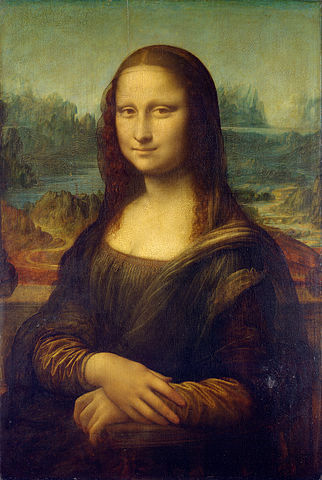Willard Wigan makes tiny art. His sculptures are so small that they’re often presented literally in the eye of a needle; the painstaking work requires him to work late at night, when traffic vibrations are minimal, and to slow his own pulse so he can sculpt between hand tremors.
“It began when I was five years old,” he said. “I started making houses for ants because I thought they needed somewhere to live. Then I made them shoes and hats. It was a fantasy world I escaped to. That’s how my career as a micro-sculptor began.”
His tools include a paintbrush fashioned from a hair from the back of a dead fly. “I have to kill my body,” he told the BBC in 2009. “It’s almost like a dead man working. It takes so much out of you it almost sends you mad. I have passed out doing this work.”





